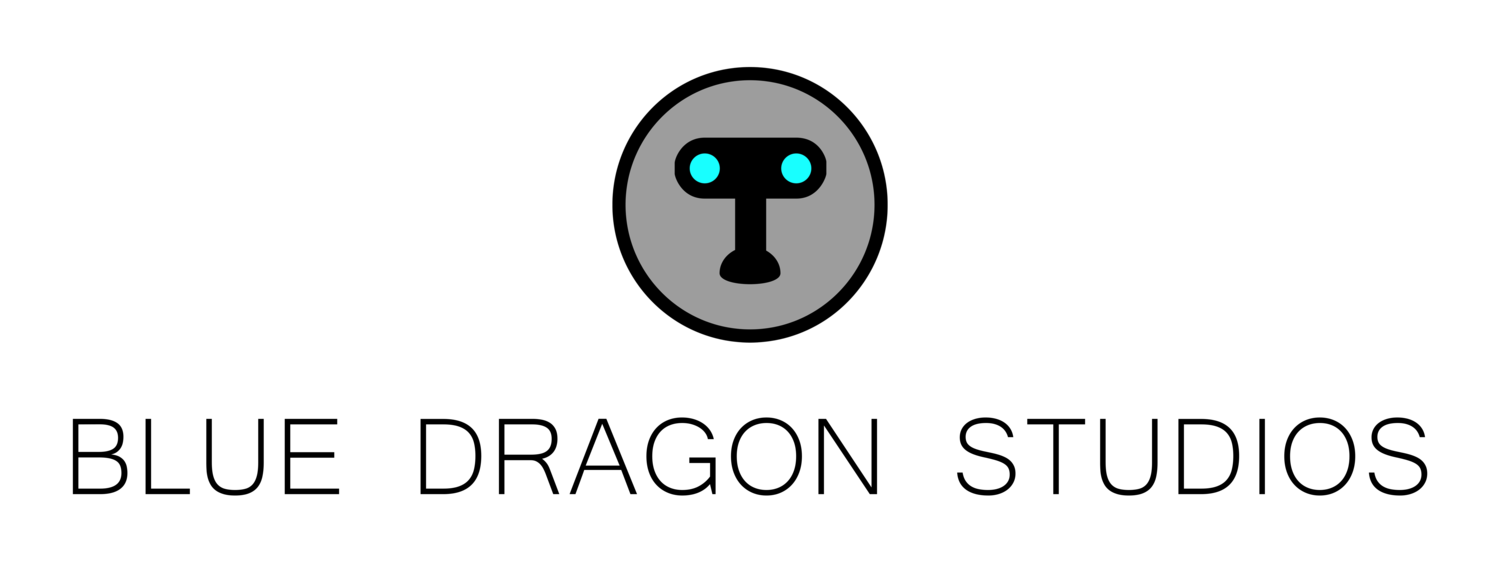First off, this movie has problems. Let’s get those out of the way.
1. The characters don’t get much space to breathe and we don’t get to know them particularly well. This contrasts sharply with last year’s Star Wars movie, which existed primarily to introduce and familiarize us with a cadre of new, young, attractive, intensely likable characters.
2. As a rule, prequels are pointless. A good character works because you feel you know their backstory without being shown their backstory. Example: We don’t see Han Solo womanizing, outrunning Johnny Law, and winning the loyalty of Chewbacca in what must have been a noble and humanizing way. However, because of the quality of that character and that performance, we understand those elements of his character almost as soon as we meet him (and certainly by the end of A New Hope). Similarly, we don’t need the plot events preceding A New Hope spelled out for us. All of the information essential to A New Hope is provided in the first two minutes (the opening crawl and the juxtaposition of the tiny rebel ship against the massive imperial ship). For this reason, the plot machinations of Rogue One are (by definition) wholly unnecessary sound and fury.
3. The central team of commandos has too many members, most of whom remain so underdeveloped one questions their inclusion.
4. Pointless fan service and cameos routinely interrupt the movie to contribute nothing. (Darth Vader, for instance, has little business making an appearance.)
Now, these factors would ordinarily sink a picture. However, movies don’t exist in a vacuum. One cannot watch this movie without thinking about what’s happening in the world today. This movie intimately depicts a group of timid revolutionaries coming together to decide to violently resist a fascist imperial regime. As demagoguery and authoritarianism begin to threaten first-world democracies all over the world, this Star Wars movie arrives to pitch a means of resistance. Hijacking the world’s most visible movie franchise to celebrate revolutionaries in front of a mainstream audience? Well played, Mr. Edwards.
In one sequence, this movie uses imagery lifted directly from the Iraq war (turban wearing rebels taking on a tank in a desert city), but posits the insurgents as the good guys. That’s an incredibly subversive move on the part of the film-makers, and for most people watching this movie (kids), it will work on a subconscious level. Reshaping conventions in this manner will prove important as one of America’s all-time vilest figures assumes its highest office.
Of course, revolutions get messy. Traditionally, Star Wars draws distinct lines between good and evil. That’s not how the world works, though, and this movie acknowledges as much. Good characters do bad things, question their loyalty, and question their orders throughout. From beginning to end, the movie hammers home the necessity of sacrifice in the face of oppression. Every defector, saboteur, and rebel in Rogue One loses something to do what they do (most commonly their life).
Both Rogue One and The Force Awakens do a great job with representation. The human characters in these movies come from a number of different ethnic backgrounds. One cannot help but delight in the catharsis of watching this diverse group of commandos (people of color all, save the leading lady) make moves to topple a homogenous, largely faceless empire.
The original Star Wars trilogy works as pure escapism. Primarily, those are simple action movies with great characters. Rogue One does not have great characters, and the action frequently becomes convoluted. However, movies can be good for a lot of different reasons. Since the first moment of the first film, Star Wars paid lip service to the idea of rebellion. Here, we finally FEEL that idea. Rebellion is the founding act of this country, and in times as dark as these, there’s value in remembering that.
Rogue One is not the Star Wars movie we deserve, but it’s the one we need right now.

